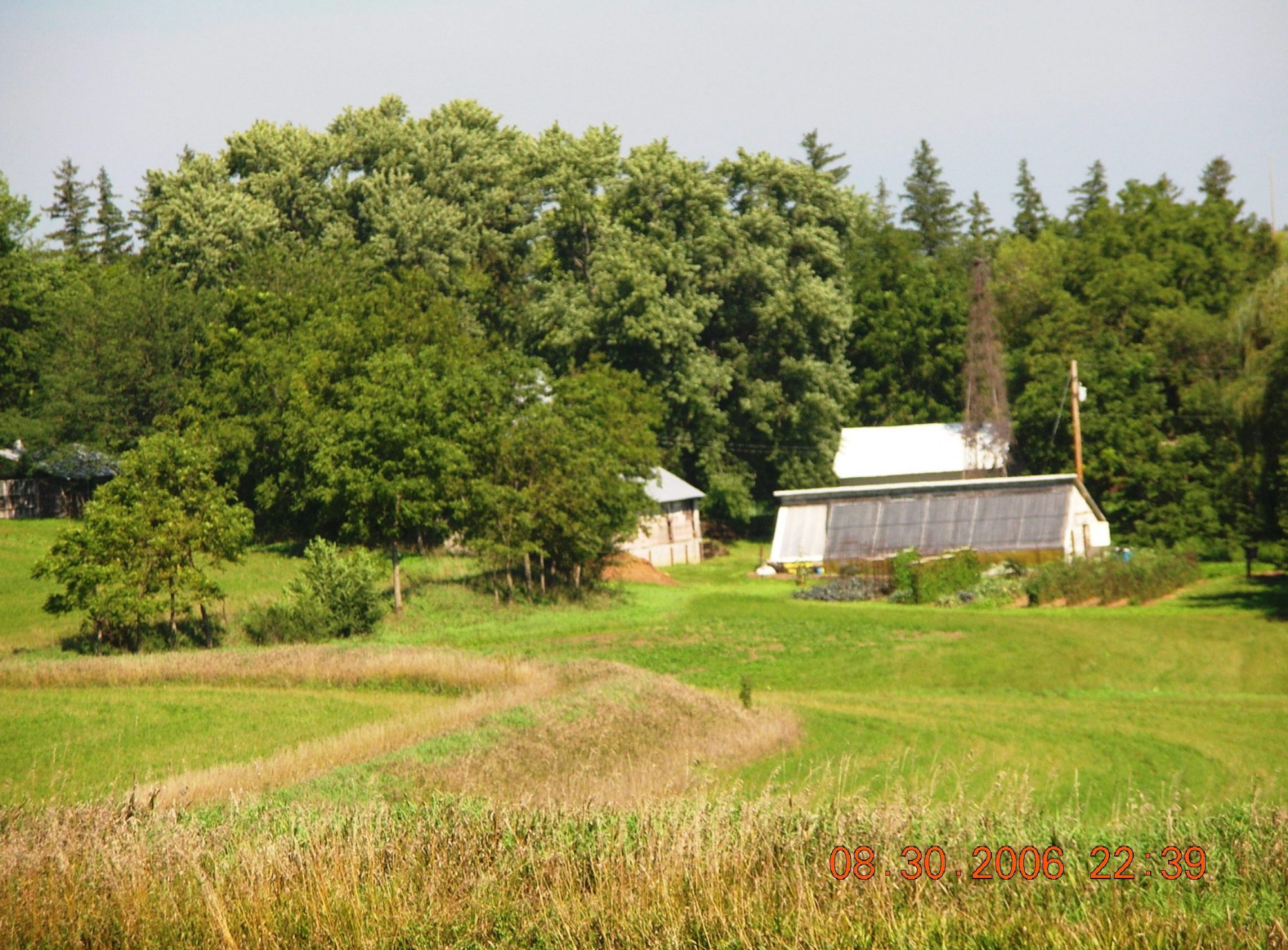Beef cattle are essential to reducing operating costs and increasing profits for production unit farms. With modern management, marketing, and financing practices, cattle can help farmers move away from harmful chemicals and expensive equipment by rebuilding soils to support high-value organic and other specialty crops.
Since cattle are central to regenerative agriculture, we want to meet experienced cow-calf farmers. As noted on Page 2, we are particularly interested in working with farmers who have direct-to-consumer beef customers in the region that includes Omaha, Des Moines, and Kansas City.
Market Issues
As large ruminants, cattle can make the best use of temporary and permanent pasture required to support low-cost crop rotations for high-value markets. Where appropriate, these rotations will include limited amounts of hay and alfalfa for winter feed along with grain for pork and poultry.
Barriers
It is well known that beef processing is not readily available to conventional and specialty cow-calf producers who want to develop local retail markets. Without processing, producers cannot conduct meaningful product and market research. To move enough cattle to make money, cow-calf producers must have good working relationships with the local feedlots and packing houses that do at least some business with food companies in nearby cities.
Once production unit planning has started, we will discuss preliminary contracts with the owners of feedlots, locker plants, and USDA-inspected custom packing operations in the region. Locker plant and packer contracts will center on custom processing for market research purposes.
Supply Management and Quality Control
My informal discussions with cow-calf farmers, feeders, and packers near Omaha suggest some interest in grass-raised and grass-finished beef. However, both buyers and sellers are hesitant. Buyers want to know the producers. They also need reasonable estimates of the production potential and quality. Producers need forward contracts with experienced buyers. Both groups need production standards.
Although production standards for organic beef are available, we need a systematic way to increase the number of quality grass-raised and grass-finished cattle – without the expense of organic certification during product and market development.
We intend to use our production unit system to match herd size with demand. Audit trails and accounting will be standardized (Data Matrix).
Proposed Production Standards
A clear production standard is the first step in evaluating consumer demand for beef produced on pasture-based regenerative and organic farms. My proposed production standard uses a five-step process to address grain-versus-forage and medications issues.
Step 1 cattle would be produced without growth hormones, parasiticides, and antibiotics. These cattle would receive a conventionally produced ration.
Step 2 cattle would be raised without genetically modified (GM) feed and forage.
Step 3 beef would be produced using Step 1 and Step 2 methods plus defined amounts of organic feed and forage (transitional or certified) expressed as a percentage of the total diet.
Step 4 cattle would be certified organic at birth and raised on a certified organic ration.
Step 5 organic beef would be certified as: 1) Grass-raised and grain-finished, or 2) Grass-raised and grass-finished.
For more on this subject, please see Understanding the Different Kinds of Beef in the Marketplace.
Please contact me to arrange an appointment.
Jim Steffen, President
Massena Corporation
402-317-2639
jim@massenafarms.com
Reposted: 04-06-2025
